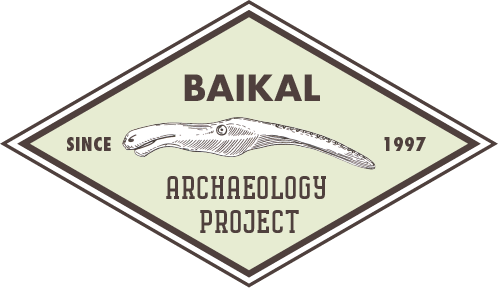Congratulations to Drs. Andrea Waters-Rist, Angela R. Lieverse, Alexei G. Novikov, Olga I Goriunova, Artur A. Kharinskii and Hugh G. McKenzie on the recent publication of their article in Archaeological Research in Asia!
Title: Spatial and temporal differences in Late Neolithic Serovo to Early Bronze Age Glazkovo forager diet in Lake Baikal’s Little Sea Microregion, Siberia
Authors: Andrea Waters-Rist, Angela R. Lieverse, Alexei G. Novikov, Olga I Goriunova, Artur A. Kharinskii and Hugh G. McKenzie.
Abstract: Research on Middle Holocene hunter-gatherers from the Cis-Baikal region of Eastern Siberia has yielded many insights into their dietary and mobility patterns. A large dataset of stable carbon (δ13C) and nitrogen (δ15N) isotope values, when paired with freshwater-reservoir corrected carbon-14 dates, allows us to conduct fine-scale investigations into dietary change. Our Small Cemeteries Project has increased the sample of Late Neolithic (LN) Serovo individuals, and Ol’khon Island burials, allowing for new investigations into changes between the Serovo and subsequent Early Bronze Age (EBA) Glazkovo mortuary traditions in the Little Sea Microregion. This is important because research exploring the extent and nature of cultural continuity and change between these mortuary traditions has received less attention than more pronounced earlier transitions. We use stable isotope data from 134 adolescents and adults to explore (1) temporal changes in δ13C and δ15N values across the Serovo and Glazkovo mortuary traditions, and (2) differences in stable isotope values between individuals buried on Ol’khon Island vs. the Mainland. During Serovo times, Islanders and Mainlanders were eating somewhat different diets, with the former consuming more seal and the latter more shallow-water fish. Glazkovo Islanders maintained a broadly similar diet to their Serovo Islander predecessors suggesting the continued existence of a specialized group of Island seal hunters. After ~4100 calBP, and the arrival of the Glazkovo mortuary tradition in the Little Sea Microregion, there is the appearance of a new group of Mainlanders consuming a diet with low δ15N (≤ 14.6‰) and/or low δ13C (≤ ? 19.0‰) values unlike anything seen previously. This diet included less lake fish and seal and more terrestrial herbivores. Previous research has shown that many Mainland Glazkovo individuals with this new diet were non-local. Our study finds that just over half of Glazkovo Mainlanders have a low δ13C or δ15N value and they are found in all cemeteries with multiple individuals. This suggests such individuals, many of which were non-local, were fully incorporated into local social groups. Further increasing the sample of LN and Island individuals is needed to better establish these findings; nonetheless, our research highlights the diversity in Middle Holocene adaptive strategies in the Little Sea Microregion.
Congratulations to Andrea and co-authors!


